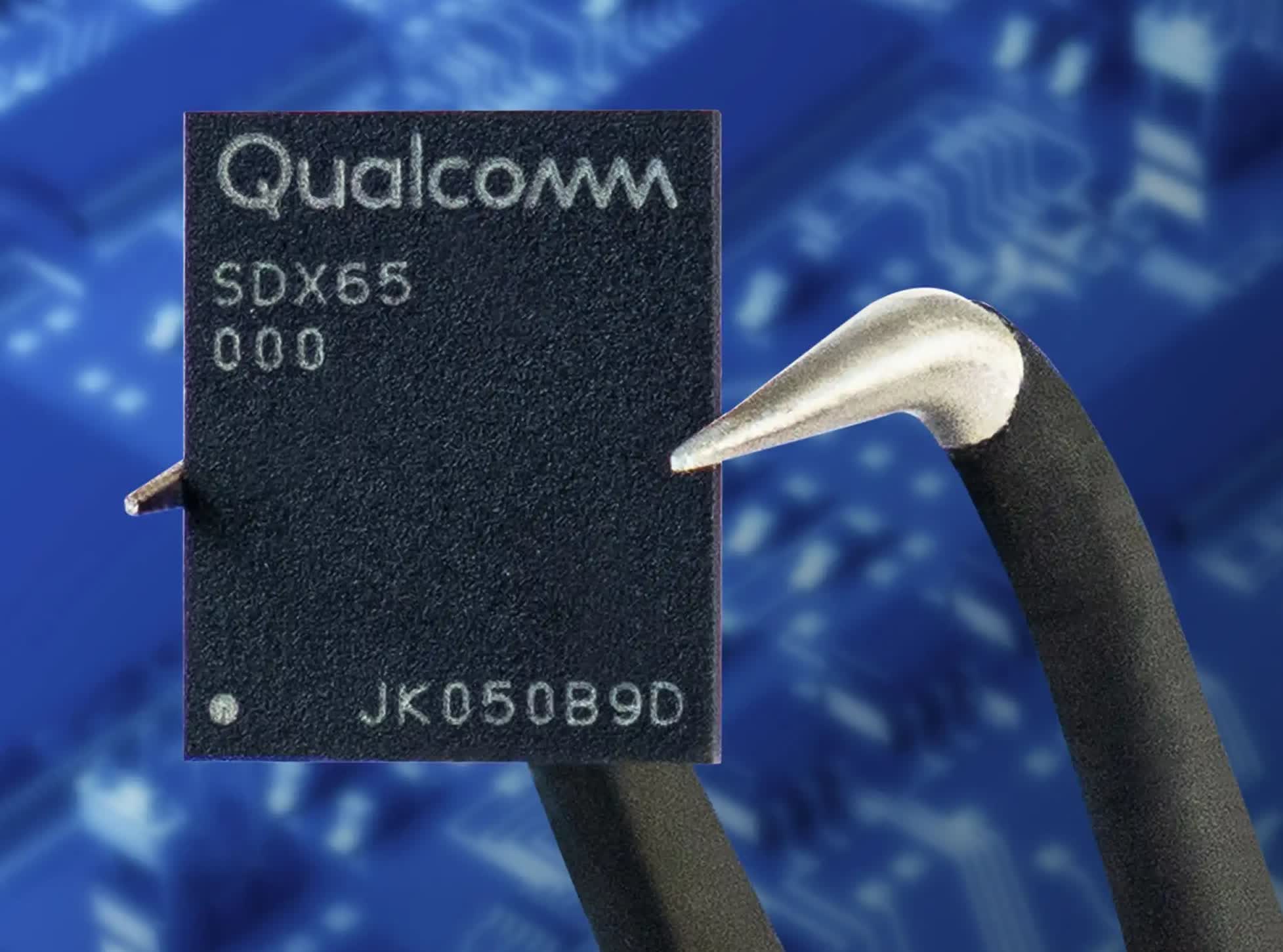In a nutshell: Apple is expected to further define the line between its mainstream and flagship iPhones come September when the next generation of devices are introduced. Most believe Apple will do this by reserving its A16 SoC for Pro-tier iPhones and shipping its other new iPhones with the A15 from the iPhone 13 family.
Jason Cross from Macworld recently looked at the broad picture including past improvements to try and predict what sort of performance we can expect from the A16. The general consensus from the rumor mill is that Apple will manufacture the A16 on a 5nm process, just like it did with the A15 and A14 before it.
The A16 will likely use TSMC’s third-gen 5nm process, which will only offer a slight performance and efficiency boost. A much more significant jump in performance and efficiency will come when Apple adopts a chip built on a 3nm process, but that isn’t expected to be ready for the pending iPhone 14 launch.
Cross believes the A16 could pack up to 20 billion transistors, many of which will be used to power the Neural Engine for machine learning as well as the image signal processor (ISP) and video encoders / decoders.
The iPhone 14 Pro is rumored to feature a new 48MP camera which will require wider and faster data paths to the ISP. Without adequate infrastructure, image processing times would suffer and that’s not congruent with Apple’s strategy.
The A16 will likely stick with the same core configuration of two performance cores alongside four high-efficiency cores.
Cross further expects Apple to implement LPDDR5 memory this year, a move that would no doubt boost memory bandwidth. Going from LPDDR4x to LPDDR5 could boost memory bandwidth by as much as 50 percent. Cross through Apple would make the jump last year but of course, it didn’t happen.
Along with a few other tweaks, we could see the A16 deliver up to a 15 percent performance improvement over its predecessor.
On the GPU side, it is believed that Apple will go with five GPU cores on the A16 or maybe six, but not more than that. Again, other architectural improvements and the move to LPDDR5 memory will only boost graphics performance even more.
All things considered, we could see a performance boost of up to 30 percent compared to last year’s A15 on the GPU side.

Lastly, Cross believes the iPhone 14 Pro will use Qualcomm’s Snapdragon X65 modem instead of its long-rumored homegrown 5G modem. Last year’s iPhone 13 Pro was equipped with a Snapdragon X60 5G chip; the X65 offers up to 10Gbit/s of peak download speed compared to 7.5Gbit/s on the X60.
Some believe Apple’s own 5G chip could be ready to debut in 2023 while others feel major setbacks will push it several years out.
Image credit: John Appleseed, James Yarema
Source by www.techspot.com





























